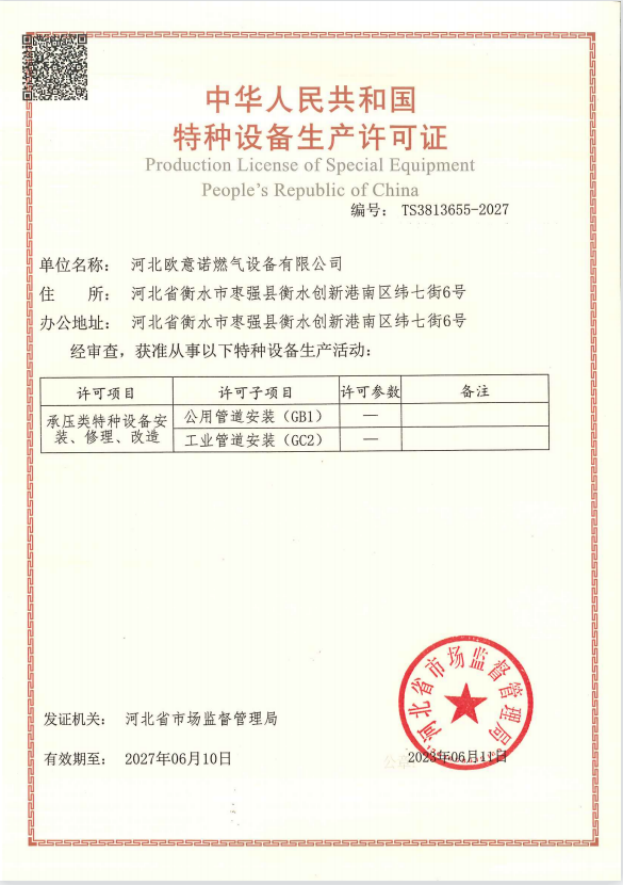
Oct . 03, 2024 05:29
Back to list
Measuring Gas Levels for Environmental Monitoring and Safety Applications
Measuring Gas A Key Aspect in Various Industries
The measurement of gas is a critical aspect across multiple industries, ranging from environmental monitoring to natural gas extraction and manufacturing processes. Understanding how to accurately measure gas is crucial for efficiency, safety, and regulatory compliance.
One of the primary methods used for gas measurement involves the use of flow meters. These devices measure the volume or mass of gas moving through a pipe or system. There are several types of flow meters, including thermal, ultrasonic, and positive displacement meters, each suited to different circumstances and types of gas. For example, ultrasonic flow meters utilize sound waves to measure gas flow and are particularly effective for large pipelines, while thermal flow meters are often used in smaller applications due to their high accuracy.
.
Environmental monitoring has also emphasized the importance of gas measurement. With growing concerns over climate change, there is a pressing need to measure greenhouse gases (GHGs) accurately. Devices such as infrared gas analyzers can detect trace gases in the atmosphere, allowing for better tracking of emissions from industrial sources and helping governments formulate policies aimed at reducing pollution.
قياس الغاز

In the energy sector, measuring natural gas is crucial for multiple reasons. Accurate measurements ensure that the correct amount of gas is extracted, transported, and utilized, which is essential for both economic and safety considerations. Leak detection systems are also critical; they rely on gas measurement tools to identify losses during transportation and storage, thus minimizing environmental impact and enhancing safety measures.
In the field of science and research, gas measurement serves to support various experiments and developments. For example, in pharmaceuticals, accurate gas measurements are required during the production processes, especially when gases are utilized as reactants or solvents. In the food industry, measuring gases is essential when packaging perishable items; modified atmosphere packaging (MAP) relies on specific gas compositions to extend the shelf life of products.
In the context of safety, gas measurement plays a pivotal role in industries where flammable or toxic gases are prevalent. Continuous gas monitors detect hazardous gases in real-time, ensuring a rapid response to potential leaks or dangerous concentrations. This proactive approach significantly reduces the risk of accidents, protecting both workers and equipment.
Overall, the measurement of gas is a multifaceted discipline with significant implications across various sectors. The technology and methods employed continuously evolve to meet the challenges including enhancing accuracy, efficiency, and safety. As industries and regulatory frameworks become increasingly stringent, the importance of reliable gas measurement systems will only continue to grow, making innovation in this field vital for future developments. Thus, robust gas measurement solutions are not only crucial for operational success but also for the sustainability of our environment and overall public safety.
Latest news
-
Safety Valve Spring-Loaded Design Overpressure ProtectionNewsJul.25,2025
-
Precision Voltage Regulator AC5 Accuracy Grade PerformanceNewsJul.25,2025
-
Natural Gas Pressure Regulating Skid Industrial Pipeline ApplicationsNewsJul.25,2025
-
Natural Gas Filter Stainless Steel Mesh Element DesignNewsJul.25,2025
-
Gas Pressure Regulator Valve Direct-Acting Spring-Loaded DesignNewsJul.25,2025
-
Decompression Equipment Multi-Stage Heat Exchange System DesignNewsJul.25,2025

